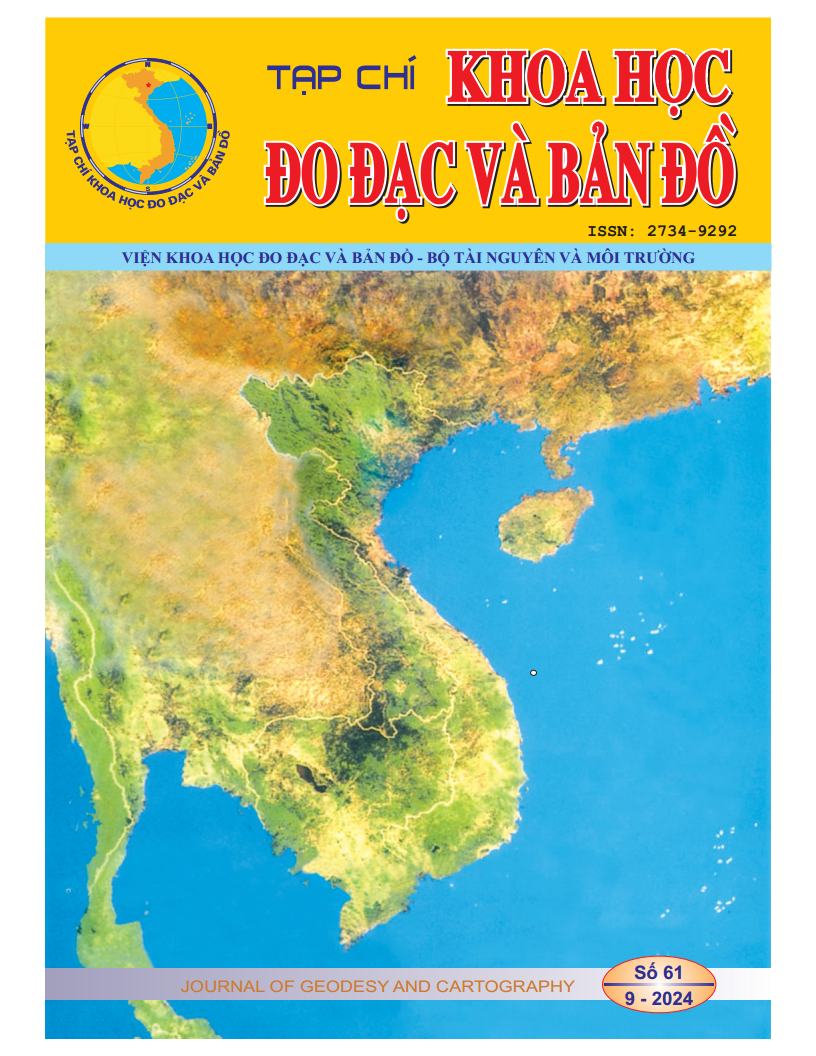Abstract
Sources of marine plastic litter are mainly related to recreational activities, fishing, aquaculture and shipping. Waste from socio-economic activities at sea is mainly discharged by passengers on board or from the treatment after plastic garbage collection, from marine fishing gear and abandoned fishing gear. Marine plastic litter can be found on coastlines, floating on the sea, in the water column, or sinking to the seabed. This study will focus on analyzing and assessing the risks and relationships between socio-economic activities at sea and the amount of plastic waste directly released into the marine environment in order to classify plastic waste according to socio-economic activities in the East Sea and propose a method to quantify the amount of plastic waste according to this classification. The results show that the areas with a high density of ships and developed socio-economic activities have a positive correlation with plastic waste and floating waste materials in the East Sea.

